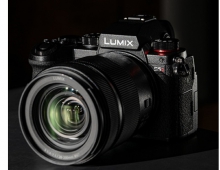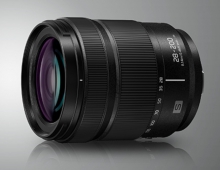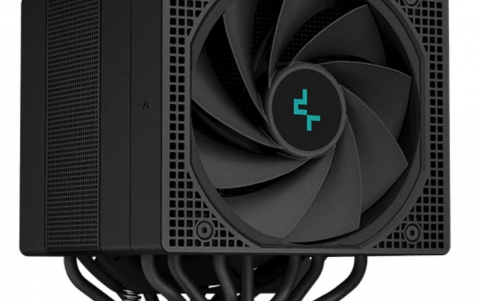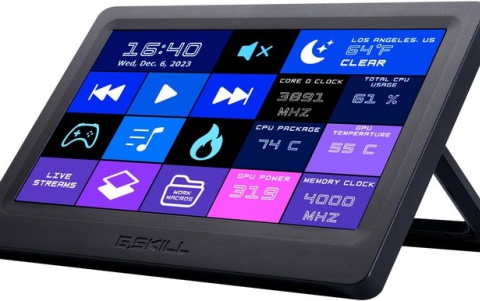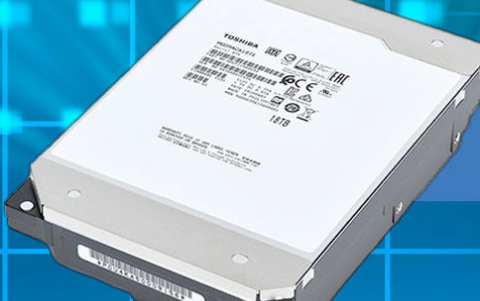
Panasonic Presents Advanced Disc for Archive
Panasonic has developed the "Advanced Disc for Archive" (ADA) optical disc with a cassette-type shell case aimed at archiving data of pictures in the medical field.
The storage medium is based on Panasonic?s Blu-ray Disc technology and is thus the successor for DVD-RAM with cartridge.
The ADA utilizes Blue-violet laser with shorter wave length and can thus offer a high capacity of up to 50GB. Panasonic claims that the new media feature a low error rate and these discs stand out through their use of phase change recording layers with inorganic materials, making long archive life possible. Panasonic test results show that expected archive life of ADA discs is more than 50 years at a room temperature of 25 degrees C and relative humidity of 80%. Discs for ADA media are carefully screened by error rate specifications which are more critical than Blu-ray discs to assure reliability in data writing. Easy to handle cassette-type shell cases protect discs inside from scratches, dust and fingerprints, enhancing the reliability under critical environment in the field.
Two models of media with 50GB and 25GB data capacity are currently available. ADA also meets the requirement from the field to preserve RAW data from modalities to reduce the burden of repeated modality inspections of patients or to academic and scientific purposes.
ADA Drive
The ADA drive comes in two configurations: an external type with USB2.0 interface and an internal type with SATA interface. All drives directly write and read the disc stored in the cassette type shell case. Data transfer rate in reading is 72Mbps while verification works to assure reliability in writing. Internal drives can be installed vertically. The drives support writing and reading of not only ADA media but also Blu-ray disc, DVD-RAM, DVD-R and DVD-RW media. Reading of CDs is also supported.
Panasonic's ADA disc is showcased at this year?s MEDICA, the world?s largest medical trade show that is being held in D?sseldorf, Germany (November 18 ? 21).

The ADA utilizes Blue-violet laser with shorter wave length and can thus offer a high capacity of up to 50GB. Panasonic claims that the new media feature a low error rate and these discs stand out through their use of phase change recording layers with inorganic materials, making long archive life possible. Panasonic test results show that expected archive life of ADA discs is more than 50 years at a room temperature of 25 degrees C and relative humidity of 80%. Discs for ADA media are carefully screened by error rate specifications which are more critical than Blu-ray discs to assure reliability in data writing. Easy to handle cassette-type shell cases protect discs inside from scratches, dust and fingerprints, enhancing the reliability under critical environment in the field.
Two models of media with 50GB and 25GB data capacity are currently available. ADA also meets the requirement from the field to preserve RAW data from modalities to reduce the burden of repeated modality inspections of patients or to academic and scientific purposes.
ADA Drive
The ADA drive comes in two configurations: an external type with USB2.0 interface and an internal type with SATA interface. All drives directly write and read the disc stored in the cassette type shell case. Data transfer rate in reading is 72Mbps while verification works to assure reliability in writing. Internal drives can be installed vertically. The drives support writing and reading of not only ADA media but also Blu-ray disc, DVD-RAM, DVD-R and DVD-RW media. Reading of CDs is also supported.
Panasonic's ADA disc is showcased at this year?s MEDICA, the world?s largest medical trade show that is being held in D?sseldorf, Germany (November 18 ? 21).



